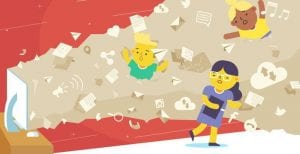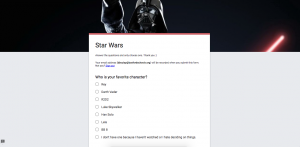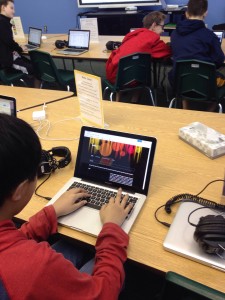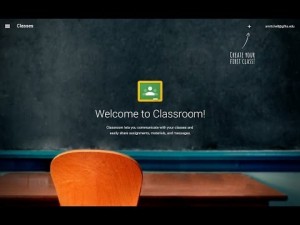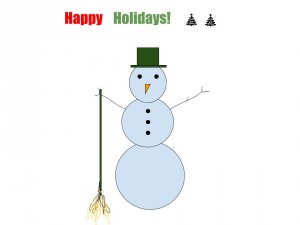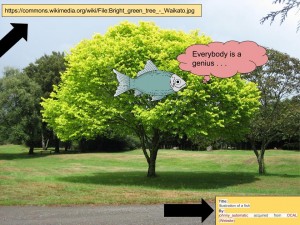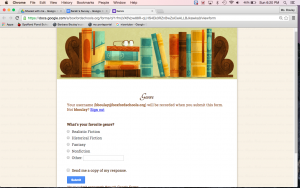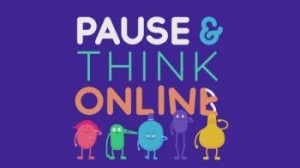The Media Literacy BrainPOP movie states that “most kids spend more than half their waking hours consuming media.” Hmmm? That would mean about 7 or 8 hours per day!
This statement led Grade 6 students to ask themselves several questions . . . Where did BrainPOP get their information about this topic? How did they get this information? Does BrainPOP want us to believe something specific about time spent engaged with media based on this statement? Is this a positive message or a negative one?
Students did a Google Search and found many websites with both corroborating and differing information than that found in BrainPOP. Many sites contained articles that were based on the same source: the census conducted by Common Sense Media Media Use by Tweens and Teens 2019

The infographic based on the census showed that teens spend 7 or 8 hours per day or more with media on their phones, but among TWEENS like them, the number of hours was on average, 4 hours and 44 minutes per day.
What is a census? How was this information gathered? were some of the new questions that students wondered about. We decided that Common Sense Media used surveys to get their information, and that we needed to do our own survey to see if this amount of time on media was true for our school’s Gr. 6 students.
First, we had to decide exactly what we meant by the term “media”? We made a list and created a spreadsheet with the types of media students are engaged with during their week. Not all students have phones of their own and not all of the media that students are engaged with (video games) are found on phones. So, how to proceed? Students agreed to include all media types that they are likely to use in their days, whether they were on phones or not, in their self-surveys: reading, TV, YouTube, video games, music, social media apps and the internet.
Students then learned how to use the Google sheets app to create a pie chart representing their data.

Students also wondered about the days when they were not engaged with media due to sports commitments, parental controls, homework or other reasons. Which days should they choose to report? They ultimately decided to add up the hours per week that they were engaged in media and then divide that number by 7 to find the average time per day.
Lastly, students found the average time spent with media per day for their homeroom class and then they found the Gr. 6 average, which was 3.5 hours per day.
Next up in Media classes, we will be doing a deeper dive into YouTube.
ISTE Standard #3. Students as knowledge constructors. Students evaluate the accuracy, perspective, credibility and relevance of information, media, data or other resources; they create collections of artifacts that demonstrate meaningful connections or conclusions and they build knowledge by actively exploring real-world issues.


